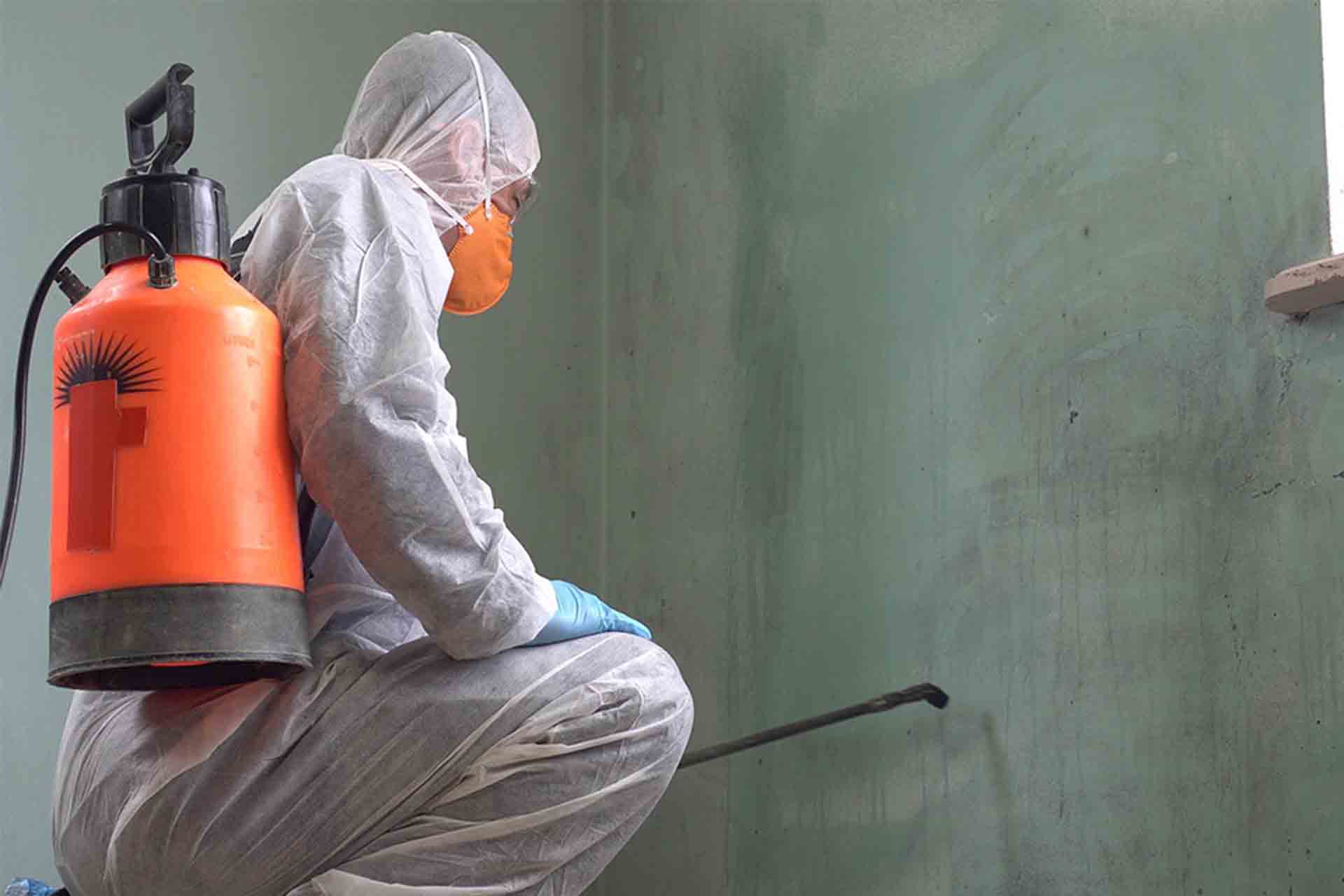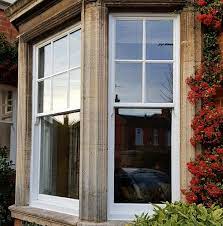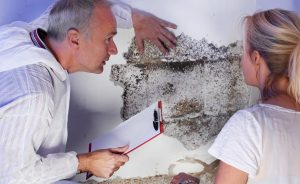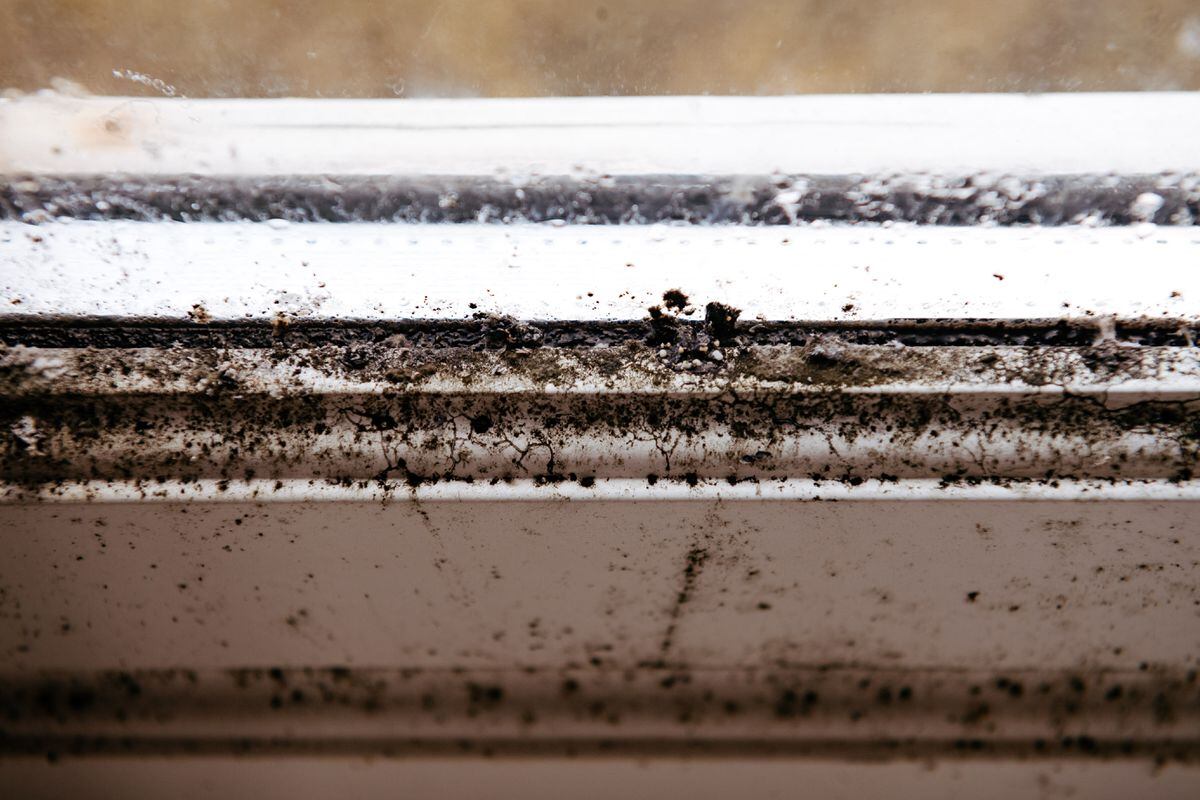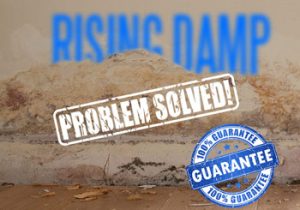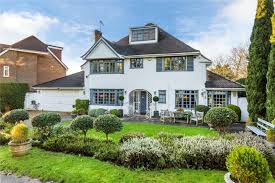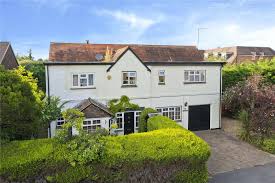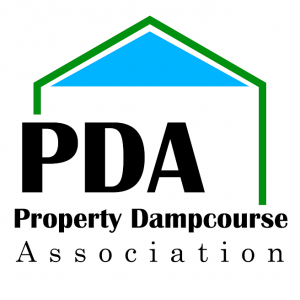An end-of-year independent study relating to the concerns of Medway tenants said there had been reports of significant black mould in twelve housing association properties.
In two cases, there was a significant risk to infants including a newborn.
Rochester Building and Damp has been employed by the housing association in an advisory capacity.
RBD has already assessed nine properties, with remedial work outsourced to specialist contractors scheduled for February 2023. The other three properties are due to be assessed over the next couple of weeks.
In two cases, there was a significant risk to infants including a newborn.
Rochester Building and Damp has been employed by the housing association in an advisory capacity.
RBD has already assessed nine properties, with remedial work outsourced to specialist contractors scheduled for February 2023. The other three properties are due to be assessed over the next couple of weeks.
32% Increase of in Medway Cases of Rising Damp
The independent study has also found a 32% increase in cases of Rising Damp. The majority of the materials used in Medway housing association property built between 1988 to 2003 is often highly porous and may possess a propensity to absorb moisture. Many irregularities have been detected in these properties and it’s believed historic sub-contracting to ‘cowboy builders’ during that 15 year period is the cause of dampness today.
In the construction industry, legislation requires a barrier is placed into the base of the walls and floors known as a damp proof course, this prevents that movement. Some buildings especially those constructed in the late 1800’s and early 1900’s did not have a damp proof course, and some of the earlier versions of damp proof courses are of poor design and or poor materials. In these properties the moisture is free to move (Rising Damp) and can then deteriorate the masonry, timber floors, internal decorations and joinery.
There are a number of ways that would indicate that you may, have a Rising damp problem. Some visual signs of Rising Damp are, decaying skirting boards or floor timbers that are in contact with walls, deteriorating plaster possibly with a salty looking deposit, rendering that is discoloured or peeling. The salts that appear on the plaster not only attack and destroy it, the white powdery residue also has the ability to absorb moisture and make the problem worse. This plaster must be removed and replaced with plaster that incorporates an integral water proofer and salt inhibitor, to prevent future decorations spoiling after the new damp proof course has been installed. All of our Damp proofing is installed in accordance with BS 6576 and is covered with a GPI insurance backed guarantee.
In the construction industry, legislation requires a barrier is placed into the base of the walls and floors known as a damp proof course, this prevents that movement. Some buildings especially those constructed in the late 1800’s and early 1900’s did not have a damp proof course, and some of the earlier versions of damp proof courses are of poor design and or poor materials. In these properties the moisture is free to move (Rising Damp) and can then deteriorate the masonry, timber floors, internal decorations and joinery.
There are a number of ways that would indicate that you may, have a Rising damp problem. Some visual signs of Rising Damp are, decaying skirting boards or floor timbers that are in contact with walls, deteriorating plaster possibly with a salty looking deposit, rendering that is discoloured or peeling. The salts that appear on the plaster not only attack and destroy it, the white powdery residue also has the ability to absorb moisture and make the problem worse. This plaster must be removed and replaced with plaster that incorporates an integral water proofer and salt inhibitor, to prevent future decorations spoiling after the new damp proof course has been installed. All of our Damp proofing is installed in accordance with BS 6576 and is covered with a GPI insurance backed guarantee.
Several methods used to cure Rising Damp and include use of chemicals, electrical and physical barrier systems. The most common method is a chemical water repellent liquid or gel which is simply injected into your walls. The key to the successful treatment of Rising Damp is the correct analysis and diagnosis, this is to ensure the correct method and materials are used to eliminate the Rising Damp.
If you recognise any rising damp in your home, you should get in touch with us immediately.
Please fill in our Contact Us page and we will get back to you shortly.

